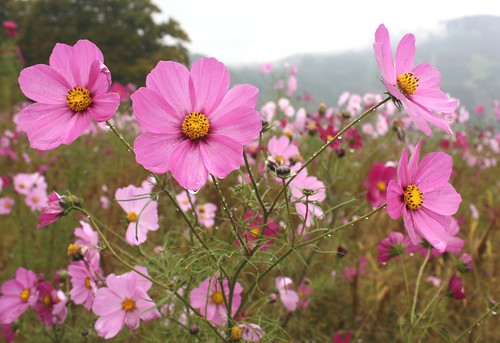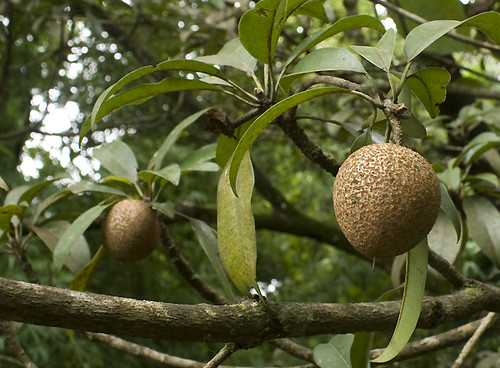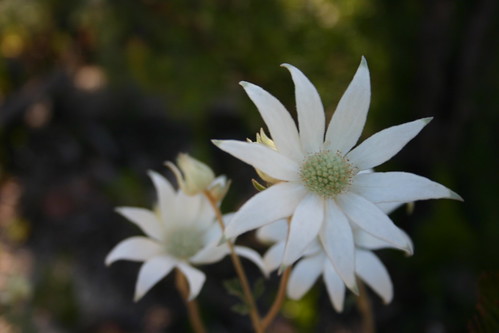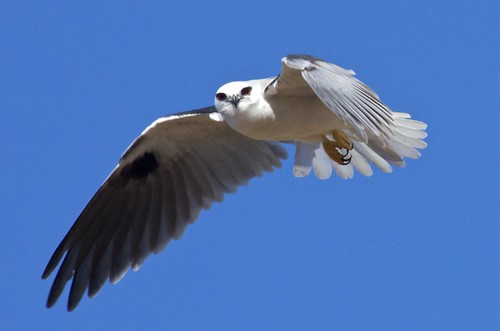NEW: JOIN US ON FACEBOOK
DESIGN ELEMENTS:
with Landscape Designer, Louise McDaidFeature Plants in Pots
How is the potted garden makeover going? Have you decided to do away with some of the pots, perhaps even re-potted others. Well in the last of the series on the potted garden, Louise and I are looking at what makes a feature plant suitable for the potted garden? Listen here for more...
 Vegetable Heroes:
Vegetable Heroes:
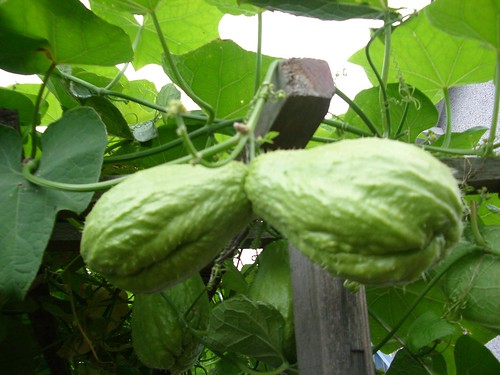
- Choko is Sechium edule belongs to the pumpkin or Cucurbitaceae family.
- Because the choko plant is a climber, it can easily be grown on fences, trellises or frames allowing the fruit to hang down for easy harvesting.
- This mild-flavoured squash looks like a wrinkled, pale green pear. It needs to be cooked before serving, and for a longer time than other squash.
- It has a very mild flavour, some say bland flavour, and unless you cook it with some strong tasting spices and herbs, you won’t get that much out of chokoes.
- Now is a good time because spring weather has been getting warmer over the last few weeks.
- In Subtropical districts, plant them out in October and November, in temperate zones, wait until December, in Arid regions, again you’ve won the jackpot because you can plant these for 6 months of the year from September through to February, in Tropical areas, which I haven’t mentioned before, because no- in far north Queensland takes this program, however, from a comment on my Facebook page, I’ve discovered that people are listening to the podcasts from all over Australia, not just those who can hear the radio broadcast.
- So, in tropical areas, you can only plant them between April and July, and unfortunately for cool temperate districts, unless you really want to try them and have a hot north facing wall, chokoes aren’t recommended for your area, because chokos are frost tender .
- Having said that, I found plenty of people as far south as Hobart, growing them in December against a north facing brick wall.
- So Chokos will grow as far south as Tasmania when given a sunny site sheltered from wind and frosts.
- If you’re having trouble getting them, a found a post from Chris who says he’ll send you the seeds for free as long as you pay the postage, Chris’s email is uswbbc@gmail.com Just put chokoes in the subject line of your email.
- Here’s a quick method to make sure the vine takes off.
- Buy a couple of chokoes and keep them in a warm dark place for a few weeks, till they put out a runner, then put in a warm light place for a few weeks, by the time you’re ready to plant them they will have a strong runner maybe 10cm long..
- When you plant them, after any danger of frosts is over, plant the seed with the sprouted end pointing down a little to stop water getting into the fruit and rotting it.
- Plant the whole fruit - half in the soil and half out but wait till it starts sprouting (just store it with the potatoes till then).
- The choko can be grown in nearly all soil types but prefers rich, well-drained organic soils with plenty of compost or animal manure added annually.
- When grown in the tropics, the choko is evergreen, but in cooler and even temperate climates like here in Sydney, it has one crop then dies down to the tuberous root system and sprouts again the following spring.
- So are they making it into apple pies? No. Vegetable industry group AusVeg, which tracks produce volumes, says choko volumes are so low that they can't be tracked.
- The fact is apples are more
plentiful and cheaper to buy than chokos, apart from the fact that it would be
illegal under labelling laws.
Plant of the Week:
with Horticulturalist, Sabina Fielding Smith .- Recommended by permaculture devotees, Cosmos is an ideal plant to grow in your vegetable garden because it gets along with all varieties of vegetables and attracts pollinators which leads to a bumper crop.
- Cosmos produces masses of colorful flowers that attract a variety of bees, butterflies, birds and beneficial insects into the garden.
- Plant rows of cosmos in between plants that do not like one another, such as onions and beans. This creates a physical barrier that allows both plants to thrive. Scatter seed randomly throughout the garden to ensure a variety of beneficial insects visit. This will help you with natural pest control, which is an essential element of organic gardens.
- Throw in a packet of Cosmos seeds, they’re easy and your garden will be glad you did.
- Cosmos is Greek for order, so yes it’s a neat and tidy or orderly plant. And bipinnatus is Latin for having bipinnate or heavily dissected leaves. Another plant with heavily dissected leaves that listeners would be aware of is Grevilleas.
- This
plant flowers best in Summer and Autumn or until the first frosts knock them
off.
- The
other good part about growing Cosmos is that they grow in almost any soil type.
- Tip:
if the soil is too rich you’ll get more leaves than flowers so ease off on the
fertiliser.
- Cosmos
is not drought tolerant so if your district is going through water
restrictions, why not put a small container like an ice-creamer container in
the sink and every time you wash your hands, that water that you catch you can
use to water your cosmos.
- Another
way to conserve water is to mulch your garden bed with a soft mulch for these
annuals.
-
I mentioned there were many varieties of petal shapes and here’s one called Cosmos-Sea Shells because it has unusual shell shaped petals, this is a tall one growing to 1 metre.
- Cosmos Double Pink-two rows of petals on 1 metre stems.
- Cosmos Psyche White that has semi double fluted petals with frilly edges,…nice
- What about the funny named Klondyke Bright Lights that has semi double flowers in reds, golds and orange shades.
- If you want something a bit more subtle go for the Sensation range in mixed pinks, mauves and whites, great for the cottage garden and vegetable garden. Bees like the pale mauve and white end of the vision spectrum and they also can see ultra violet, but I can’t help you with those flowers.
Feature Interview:
Perfume Consultant Catherine Menage' www.scentofchoice.com.auCatherine has set up an interest group via MeetUp, Sydney Perfume Lovers. Why not join Catherine for a coffee and chat offline and find out lots more about perfumery. Catherine plans to have people join who’ll talk about making perfumes as well. So get to the MeetUp website and register your interest with Sydney Perfume Lovers.


